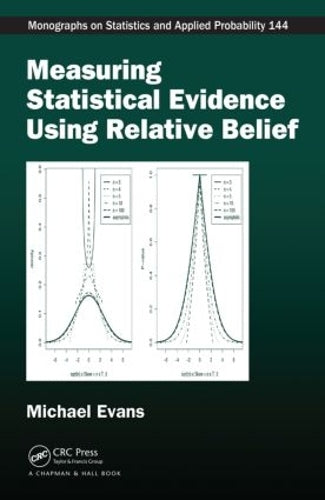Measuring Statistical Evidence Using Relative Belief
Product details
- ISBN 9781482242799
- Weight: 498g
- Dimensions: 156 x 234mm
- Publication Date: 23 Jun 2015
- Publisher: Taylor & Francis Inc
- Publication City/Country: US
- Product Form: Hardback
- Language: English
Our Delivery Time Frames Explained
2-4 Working Days: Available in-stock
10-20 Working Days: On Backorder
Will Deliver When Available: On Pre-Order or Reprinting
We ship your order once all items have arrived at our warehouse and are processed. Need those 2-4 day shipping items sooner? Just place a separate order for them!
A Sound Basis for the Theory of Statistical Inference
Measuring Statistical Evidence Using Relative Belief provides an overview of recent work on developing a theory of statistical inference based on measuring statistical evidence. It shows that being explicit about how to measure statistical evidence allows you to answer the basic question of when a statistical analysis is correct.
The book attempts to establish a gold standard for how a statistical analysis should proceed. It first introduces basic features of the overall approach, such as the roles of subjectivity, objectivity, infinity, and utility in statistical analyses. It next discusses the meaning of probability and the various positions taken on probability. The author then focuses on the definition of statistical evidence and how it should be measured. He presents a method for measuring statistical evidence and develops a theory of inference based on this method. He also discusses how statisticians should choose the ingredients for a statistical problem and how these choices are to be checked for their relevance in an application.
Michael Evans is a professor in the Department of Statistics at the University of Toronto. His research focuses on statistical inference, particularly a theory of inference based on the concept of relative belief. He is an associate editor of Bayesian Analysis and a former president of the Statistical Society of Canada.

